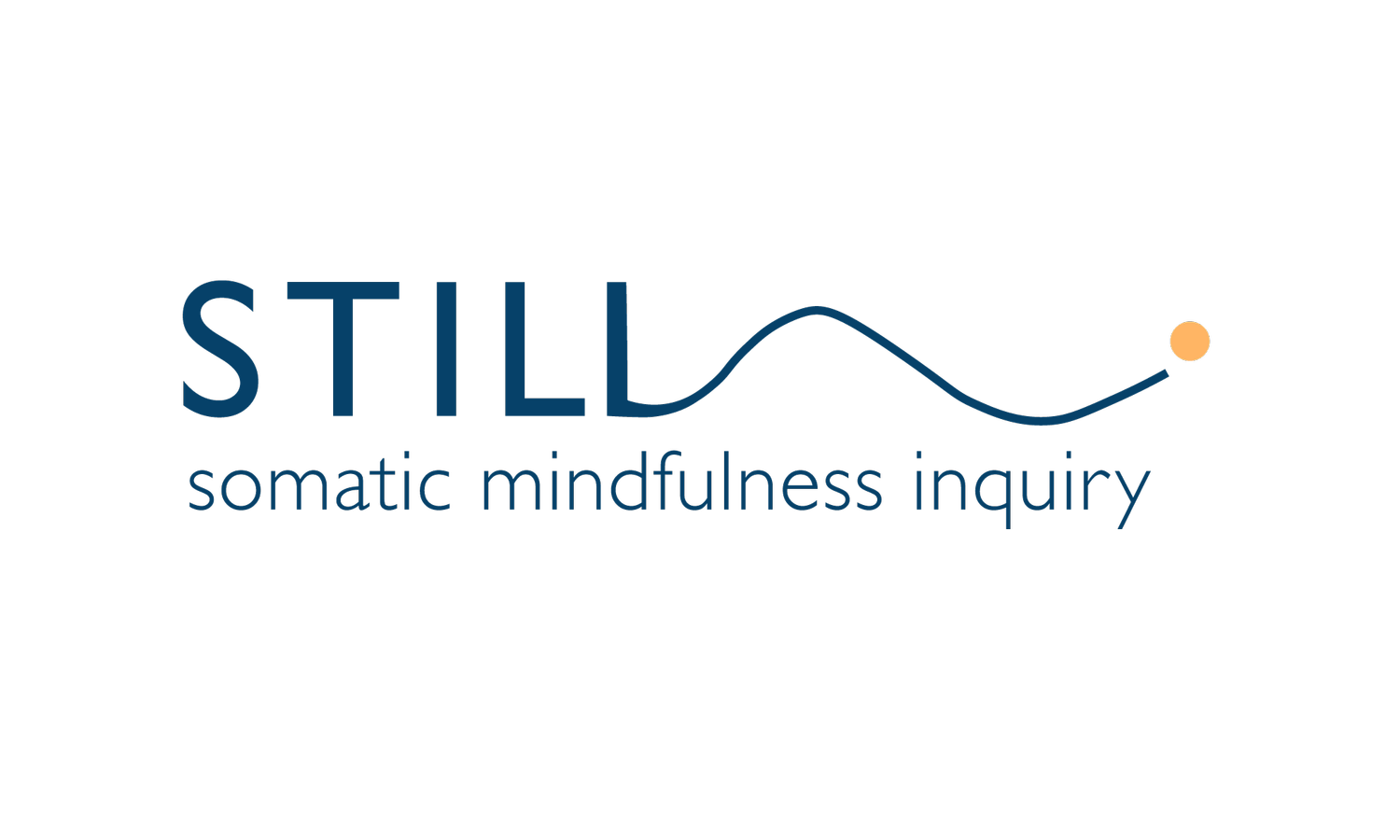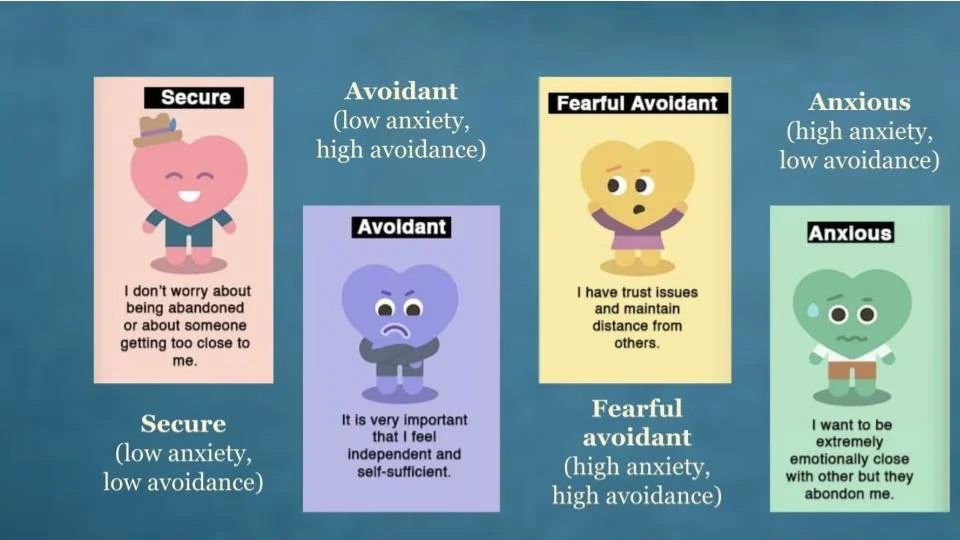Attachment Styles and Adaptations
Earned Secure Attachment
When trauma is “healed enough”, we are responsive and flexible. We have good neuroception, meaning that we accurately assess threat, and we neither under or overreact. We are balanced: not hypervigilant and not in denial. We are alert and aware of danger and our various options.
We have good boundaries, know our needs, and are confident and assertive. People with secure attachment tend to engage deeply and vulnerably with healthy people and walk away from people who are abusive or manipulative. We cooperate and compromise appropriately with others without fawning.
Anxious Adults
People who have anxious attachment styles have a negative self-view but a positive view of others. They worry about being abandoned or rejected and may seek constant reassurance from friends. They feel insecure about their friendships, want intimacy, and tend to dependency.
They overthink interactions from a fear of being left out. That can lead to clinginess, jealousy, or excessive neediness in friendships, where they may constantly seek affirmation of acceptance from their friends. They are often very loyal and dedicated but can become obsessive. They want intimacy in relationships and high levels of emotional disclosure, but tend to dependency on others and want their approval.
Avoidant adults can be low or high anxiety
Avoidant adults have a positive view of themselves but a negative view of others. They value independence and may struggle with emotional intimacy, often distancing themselves when relationships become too close. They find it difficult to form deep, emotional connections with friends and keep others at a distance, avoid vulnerability, and are dismissive of others needs.
Relationships may lack emotional depth because they don’t openly express feelings and are reluctant to depend on others or share personal issues. They crave independence and claim that they do not need a relationship.
Fearful Avoidant adults (Disorganized attachment)
These folks have a negative view of both themselves and others. They crave closeness but simultaneously fear it, feel confused and conflicted. They experience push-pull dynamics in their friendships as they desire connection but are afraid of being hurt. They struggle with trust.
Their behavior is inconsistent, drawing close to friends then suddenly distancing. They have trouble handling conflict or expressing their emotions, which can lead to instability in friendships. They are torn between a desire for intimacy and a fear of sharing their emotions.
Disorganized attachment in a parent is difficult for the children.
How this plays out in relationships
We’re always playing with dynamics of attachment and anxiety. People with secure attachment have low anxiety and low avoidance. People who are avoidant have low anxiety and high avoidant, in contrast with people who are fearful avoidant - high anxiety and highly avoidant. Someone who is anxious has high anxiety and a low avoidance.
Inquiry
Let’s explore how this interplay of high and low avoidance and high and low anxiety works in friendship or other relationships. Bring to mind a significant relationship.
What is your primary attachment style?
What is the primary attachment style of your friend?
What do you want to change in your relationship dynamic? How is this influenced by your two attachment styles?
What is your tolerance for their attachment style as it conflicts with yours?
How might you emotionally regulate when they avoid or suffocate you? How might you address your different needs in conversation with them?
What can you accept or even appreciate about them even if it doesn’t mesh with your needs?
Is there an interest in exploring ways to help each other develop earned secure attachment? What might you be inspired to do together?
Dr Diane Poole Heller emphasizes the importance of understanding our intergenerational attachment adaptations and working with sensitivity to how difficult parenting is. We can learn why we needed to adapt and what worked best for us as a child. Then as an adult, we can work with these patterns to increase connection and health in our relationships.
Join us in our Sunday free community class to explore together! Details here.

